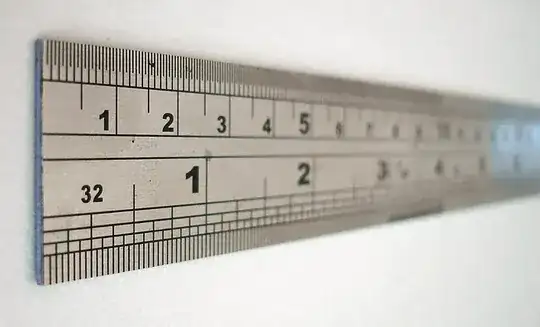The clock (24 hours system)
If we look at the clock, we have two examples of counting hours. The 24 hour system starts at 0. The 12 hour system is interesting, neither starting at 0 or 1.
The 12-hour clock
In the 12-hour clock system we start at 12 and make our way up to 11.
This needs some explanation. The 12 hour clock has a funny way of counting, that you may not have noticed. It goes 12, 1, 2, 3, 4, 5, 6, 7, 8, 9, 10, 11. (look carefully at a clock that has AM and PM indicators. Without these, then it is just a regular circular (mod 12) counting system.) 12am, 1am, 2am, 3am, 4am, 5am, 6am, 7am, 8am, 9am, 10am, 11am 12pm, 1pm, 2pm, 3pm, 4pm, 5pm, 6pm, 7pm, 8pm, 9pm, 10pm, 11pm
The 24-hour clock:
In the 24-hour clock things are simpler. Numbers just go up, until we get to the end of the day (mod 24). However we start with zero, this may be to keep it backward compatible with the 12-hour system, but also makes the time of day, be the elapsed time since the start of the day (see other answers that stat that starting at zero is just how you measure things).
$00\colon{}00\colon{}00$ → $23\colon{}59\colon{}59.99\dot9$
Note I have finally found an advantage of daylight shifting time. In the summer noon is at 13:00, and midnight at 1-oclock. This makes the 12hour system start at 1: i.e 1, 2, 3 … 11, 12; (instead of 12, 1, 2, 3 … 11). However AM and PM are now wrong, as the meridian does not move.

 (picture based on
(picture based on 

